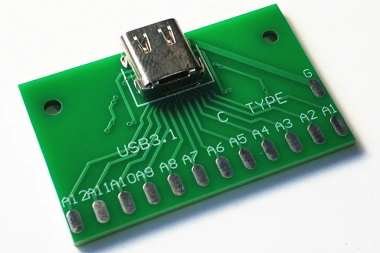What Are USB Connectors?
In modern electronic devices, USB connectors play a crucial role. From computers and smartphones to smart home devices and industrial automation systems, USB connectors are virtually everywhere. As the demand for data transfer continues to rise, USB interfaces have evolved into the global standard for interconnectivity across electronic devices. USB connectors not only offer consumers a fast and convenient connection method but also drive the efficiency, stability, and intelligence of electronic products. In this article, we’ll explore the definition, working principles, features, advantages, and applications of USB connectors in detail.

I. What Are USB Connectors?
USB (Universal Serial Bus) connectors are standardized interfaces used for data transmission and power supply between electronic devices. Each USB connector consists of a plug and a receptacle, enabling the transfer of electrical signals and power through multiple internal wires. The physical structure includes metallic contact points for conductivity and an insulated plastic housing for safety. USB connectors strictly follow protocol standards and come in various types:
II. How Do USB Connectors Work?
USB connectors operate using differential signaling (via D+ and D– pins) for data communication, alongside power lines (Vbus and GND) for electricity delivery. The process generally involves three stages:
Get more details: What Are USB Connectors?